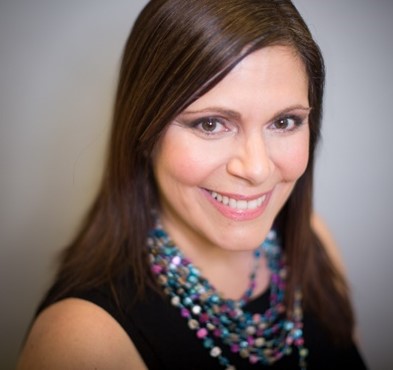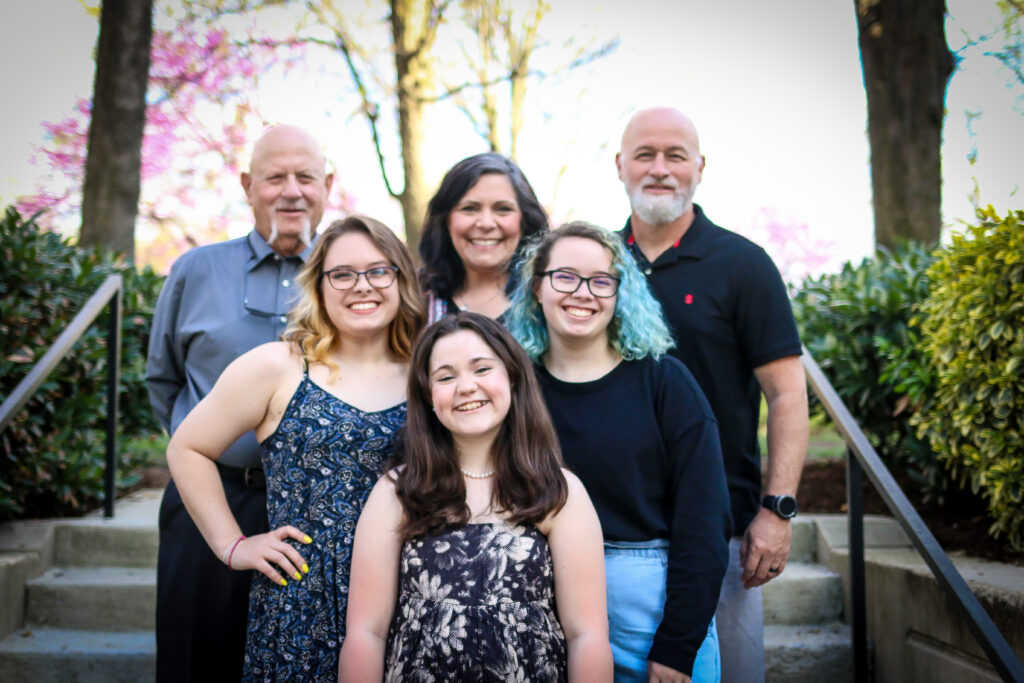By Susan “Sue” Marchese, CAE, MS

I am the parent to three girls, ages 24, 20, and 15. Ever since I started to work for AIHA, the association for occupational and environmental health and safety (OEHS) scientists and professionals, in 2014, my mama bear instinct about so much involving health and safety for my daughters while at school has been heightened to a new level of awareness.
Having worked at AIHA through the pandemic was even more enlightening because OEHS professionals are like “doctors for buildings” and their approach to infectious disease prevention and mitigation made sense to me. They call it the “Swiss cheese model” of causation. Like Swiss cheese, there are holes here and there, but if you stack several pieces of the cheese one in front of the other, it will eventually plug the gaps. If you can plug as many as you can, the less dangerous a problem may be.
How does this relate to keeping school buildings healthy? When returning to school after the pandemic, we were told to clean surfaces after use (one piece of the cheese), maintain a distance of six feet (another piece stacked on top of the other one), and wear a mask (one more piece). Yet, COVID continued to surge. The OEHS scientists I work with explained to me behavioral changes alone can’t lower the risk of infection. There is something bigger (still leaving holes for the hazards to get in). Something we as parents can’t control: healthy indoor air quality.

Did you know that students, teachers, and staff occupy school buildings for up to 90% of the school day during the week? If they are there for extended programs (e.g., clubs or after care), it may be even longer. Because of this duration, and the fact that building systems can directly impact the air of the indoor environment, the children and staff are exposed to air that can have a direct impact on their health. As a result, failure to improve poor indoor air quality can take a toll on their health.
Armed with this information, I was compelled to contact my school-aged daughter’s school administrators to learn more about their efforts to ensure the school had an effective indoor air quality plan as children flooded back into the school building after quarantine. The knowledge I gained through AIHA empowered me to speak with administrators on a topic that directly impacted my daughter’s health, and the health of the sons and daughters of others within the school.
If you would like to know more about the indoor air quality at your school, here are questions that you, your school’s parent group, or PTA/PTO can bring to your school and district administrators.
CHECKLIST FOR HEALTHY INDOOR AIR QUALITY IN SCHOOLS
1. Does your school building have a facility manager? It is important for facility managers to recognize and relay the importance of improving indoor air quality to others in the organization, including staff and parents so they are aware of how their school’s air quality impacts everyone in the building, including students.
2. Is the facilities manager taking a building-specific approach? There is a wide range of school buildings built by different contractors that do not follow similar structural designs. The building materials and ventilation systems (i.e., engineering controls) used may also vary between schools. There is no one-size-fits-all approach to indoor air quality. Each facility needs a preliminary, individualized system evaluation to identify the most appropriate approach.
3. How often is your school evaluating the HVAC system? At a minimum, schools should follow the manufacturer maintenance schedule for each building system. If there is no set manufacturer maintenance schedule or if a facility manager is considering changes, upgrades, or wants to understand their current status, a baseline facility health risk assessment and outline by an OEHS professional for future maintenance is recommended.
4. Is there a regularly scheduled evaluation of the system in place? Identifying an issue before it becomes a problem should be the ultimate goal of this new indoor air quality focus. Each facility needs a preliminary, individualized system evaluation to identify the most appropriate control.
5. Is the facilities manager conducting an IAQ building assessment with a third party OEHS consultant? Having facility health risk assessments performed to address identified issues before they result in human health impacts will be a long-term return on investment and a beneficial one when the health of the occupants is ultimately improved by healthy facility systems.
6. Is your school using outdoor air whenever possible? Depending on the climate and outdoor humidity, it may not be feasible to introduce outdoor air into the occupied space (e.g., classroom) and expect the system to function in an energy-efficient manner or function as it was designed and intended.
And it was not just during the COVID pandemic…this is applicable even now as the flu and RSV is taking hold this season.
As parents, I believe we have an obligation (and a right) to contact our school boards (or at least our school principals) to ensure that the breathable air in our children’s schools is being properly monitored. Information is the key to keeping our children safe at home and at school.
If you are interested to read further, check out the resources here: https://www.backtoworksafely.org/back-to-work-safely/healthy-schools
I will use future installments of this blog to share more of what I’ve learned working with indoor air quality professionals to help fellow parents keep their families safe and healthy.
About Susan “Sue” Marchese
Sue Marchese is AIHA’s Managing Director, Strategy and External Affairs. AIHA is the association for scientists and professionals committed to preserving occupational and environmental health and safety in the workplace and community. Sue earned a BS in Political Science and International Relations from Fairfield University and holds a Master of Science, Organizational Development degree from New School University. She is a Certified Association Executive (CAE).
